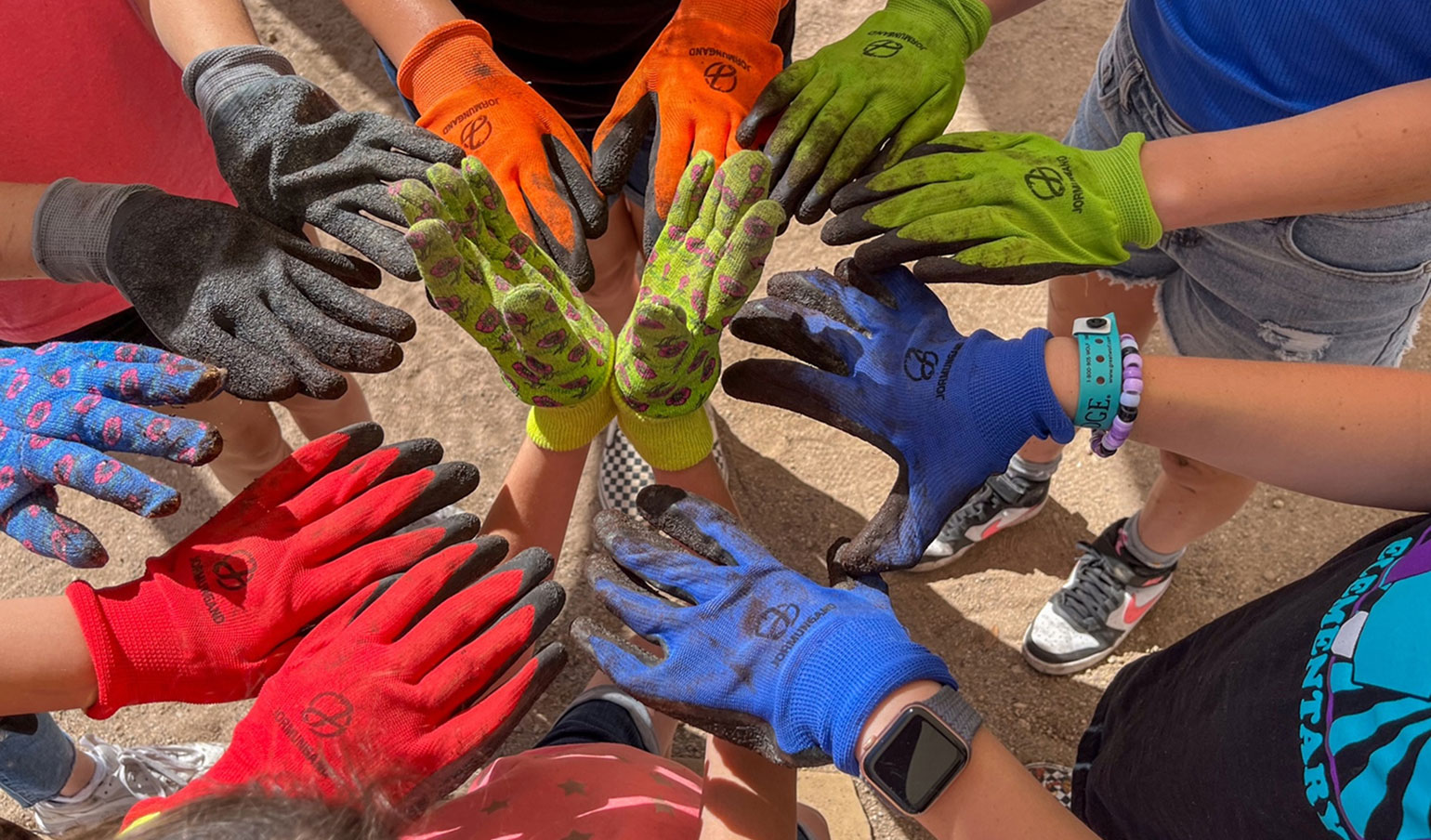Home / Lifelong Learning / Sustainability Teachers Academy / Canopy for Kids
Heat resilience for schools
Phoenix is one of the hottest cities in the country—and schools in high-heat, under-canopied neighborhoods are especially vulnerable.
The City of Phoenix Office of Heat Response and Mitigation, in partnership with ASU’s Rob and Melani Walton Sustainability Teachers Academy, Watershed Management Group and EcoRise is offering Canopy for Kids, an annual program to increase shade tree coverage and environmental education. This application-based initiative brings heat resilience to school campuses by planting shade trees supported by water harvesting systems.
Each year, nine schools will be selected to receive training, funding and support to plant an urban forest demonstration site on their campus. With guidance from expert educators, students will co-design their school landscapes and learn how urban forestry mitigates climate stress.
Sustainability Teachers Academy

Who can apply?
Teachers and school or district leaders from priority schools within the city of Phoenix are eligible to apply.
Not in the zone?
Please reach out to Amy Flores if your school is in Phoenix, but not shown in green on the map. Your school may qualify based on Title 1 status.
When?
Aspiring participants can apply at any time. Participating school teams will be selected each September through the 2028-29 academic year. This year’s application window closed on September 12th.
August
Virtual professional development
September
Site selection and assessment
October-March
Student-led design and urban forest installation
April-May
In-person school team project presentation

Workshop format
The workshop’s format will be mixed, with synchronous and asynchronous sessions. The asynchronous component includes materials such as readings, curriculum review and lesson preparation. Synchronous components will consist of a virtual orientation delivered in September, two in-person meetings on your school’s campus with students that include a presentation/design charrette and demo garden install, and a final presentation at ASU’s Walton Center for Planetary Health.
What’s in it for educators?
- Stipends
- Professional development hours
- Real-world campus projects
- A chance to transform your schoolyard into a living classroom
● Receive a $500 stipend (for up to four teachers per school).
● Earn 15 hours of professional development in sustainable habitat design.
● Gain hands-on teaching tools and resources to integrate urban forestry, climate resilience and sustainability education into their classrooms.
● Work with students to co-design a native rain garden featuring shade trees, pollinator plants and passive rainwater harvesting earthworks.
● Plant 10–50 native trees per school, creating long-lasting shade and cooler outdoor learning spaces.
● Build awareness among staff and students about the critical role trees and water-smart landscapes play in community resilience to extreme heat.
What’s in it for students?
Hands-on learning
Students will take part in design sessions to choose native shade trees, plan water harvesting features and map their school’s green future.
Real-world application
Students will see their designs implemented on their campus within the same school year.
Monitoring and citizen science
Students will track plant growth and weather data using Nature’s Notebook, GLOBE and CoCoRaHS platforms.